Public private cooperation is essential to the successful growth and secure operations of the space sector.
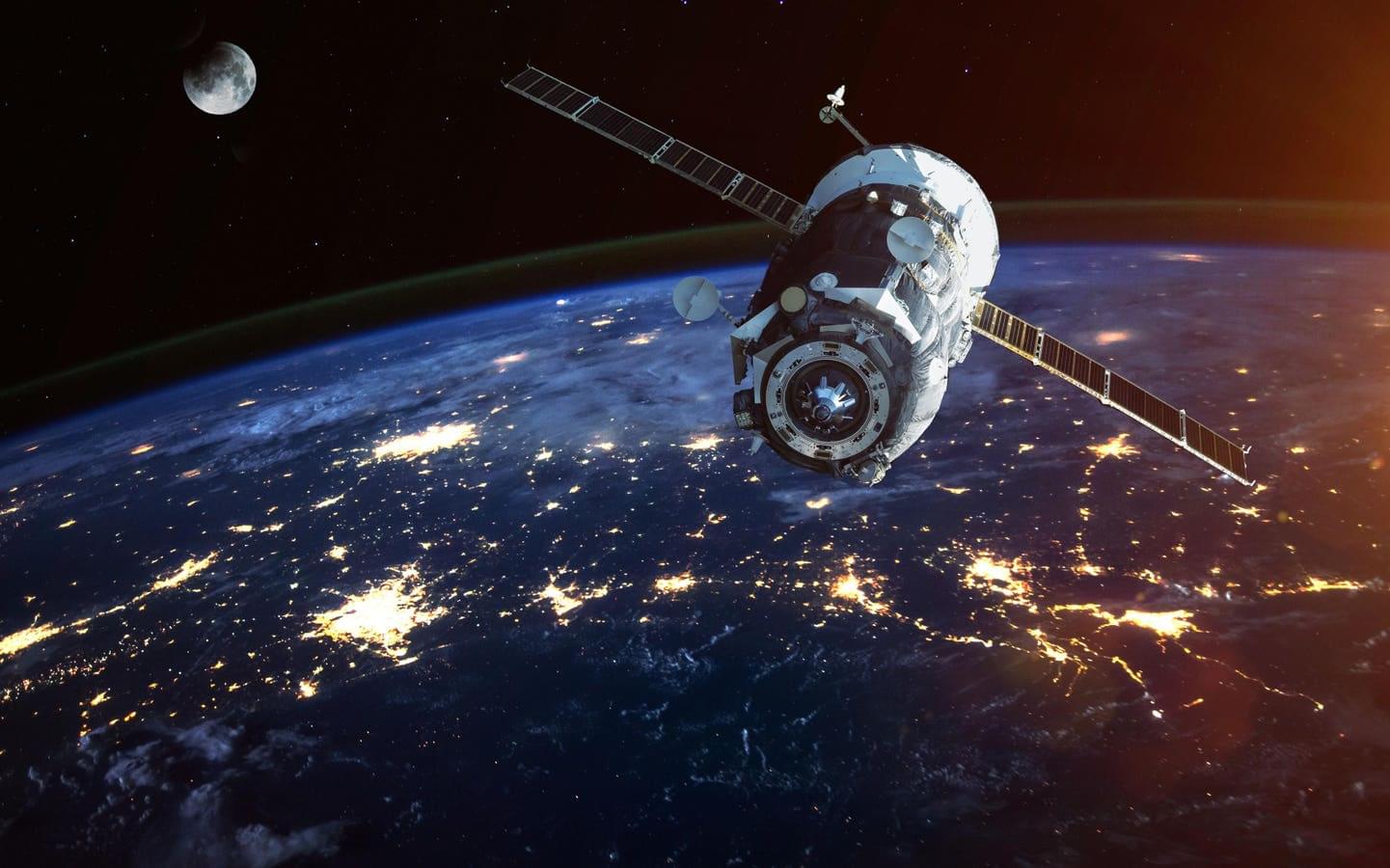

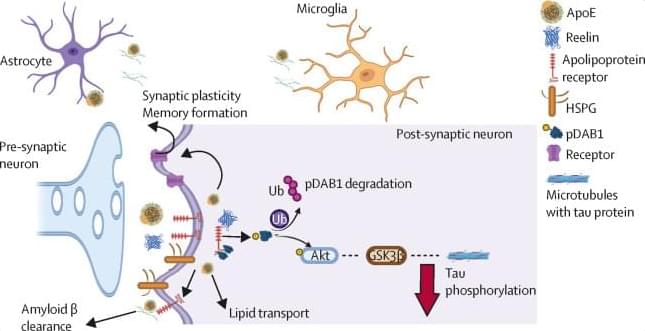
Genetic studies can offer powerful insights for the development of disease-modifying therapies for Alzheimer’s disease. Protective genetic variants that delay the onset of cognitive impairment have been found in people with sporadic Alzheimer’s disease and in carriers of mutations that usually cause autosomal-dominant Alzheimer’s disease in mid-life. The study of families who carry autosomal dominant mutations provides a unique opportunity to uncover genetic modifiers of disease progression, including rare variants in genes such as APOE and RELN.
MIT research finds that philosophy is what truly determines AI success.
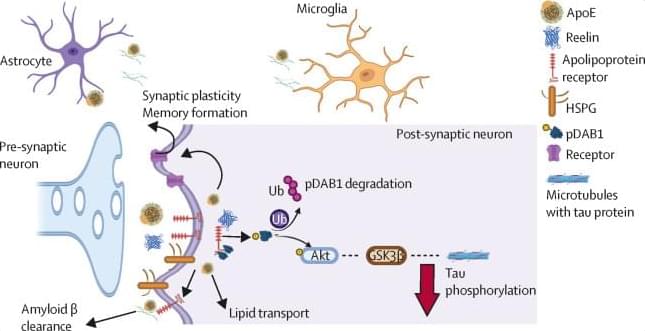
A new device that monitors the waste-removal system of the brain may help to prevent Alzheimer’s and other neurological diseases, according to a study published today in Nature Biomedical Engineering.
In the study, participants were asleep when they wore the device: a head cap embedded with electrodes that measures shifts in fluid within brain tissue, the neural activity from sleep to wakefulness and changes in the brain’s blood vessels.
By measuring these three features, the researchers found they could monitor the brain’s glymphatic system, which acts as a waste-removal and nutrient-delivery system.


Long working hours may alter the structure of the brain, particularly the areas associated with emotional regulation and executive function, such as working memory and problem solving, suggest the findings of preliminary research, published online in Occupational & Environmental Medicine.
Ultimately, overwork may induce neuroadaptive changes that might affect cognitive and emotional health, say the researchers.
Long working hours have been linked to heightened risks of cardiovascular disease, metabolic disorders, and mental health issues. And the International Labor Organization (ILO) estimates that overwork kills more than 800,000 people every year, note the researchers.
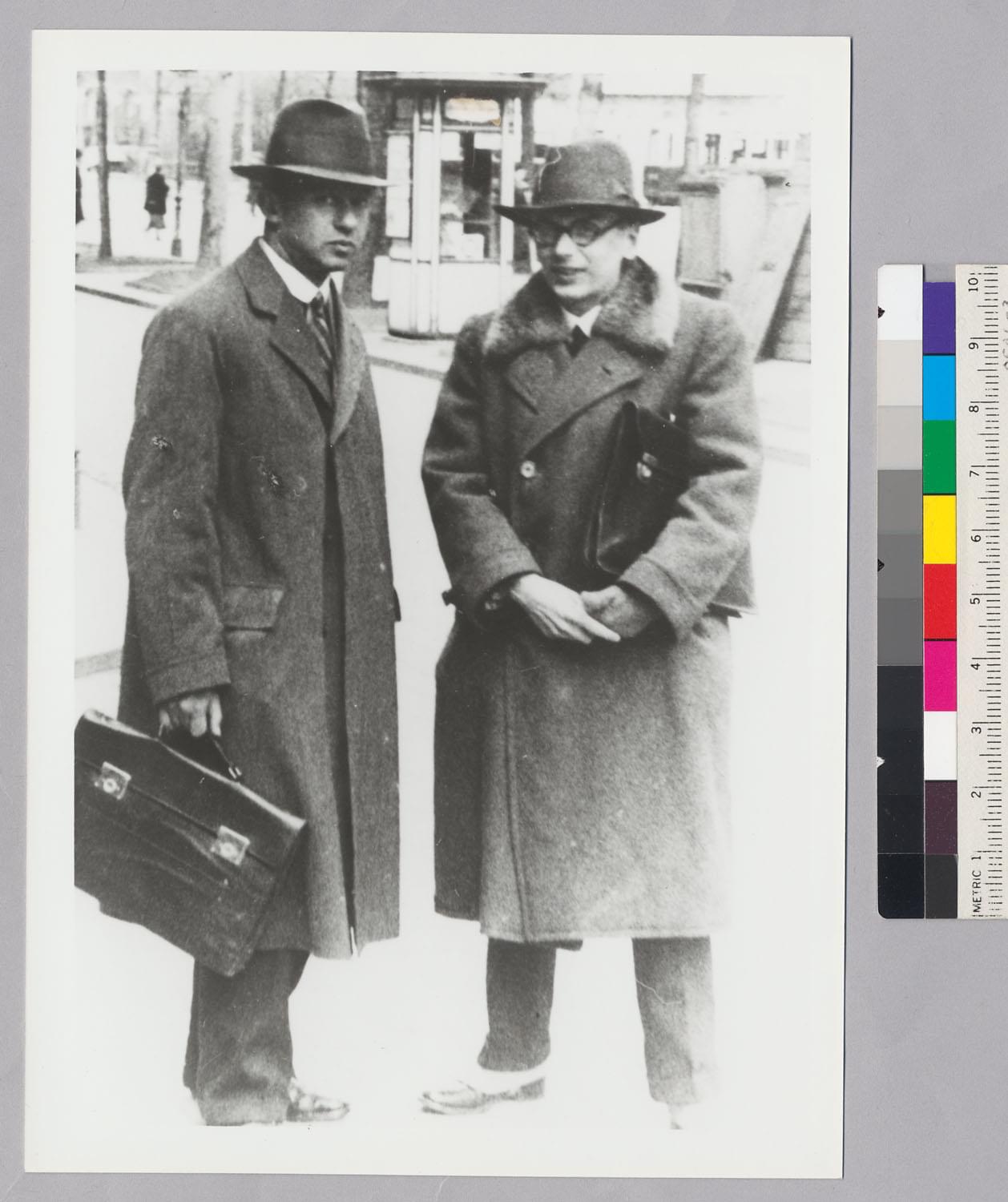

The human brain contains about 86 billion neurons. These cells fire electrical signals that help the brain store memories and send information and commands throughout the brain and the nervous system.
The brain also contains billions of astrocytes — star-shaped cells with many long extensions that allow them to interact with millions of neurons. Although they have long been thought to be mainly supportive cells, recent studies have suggested that astrocytes may play a role in memory storage and other cognitive functions.
MIT researchers have now put forth a new hypothesis for how astrocytes might contribute to memory storage. The architecture suggested by their model would help to explain the brain’s massive storage capacity, which is much greater than would be expected using neurons alone.
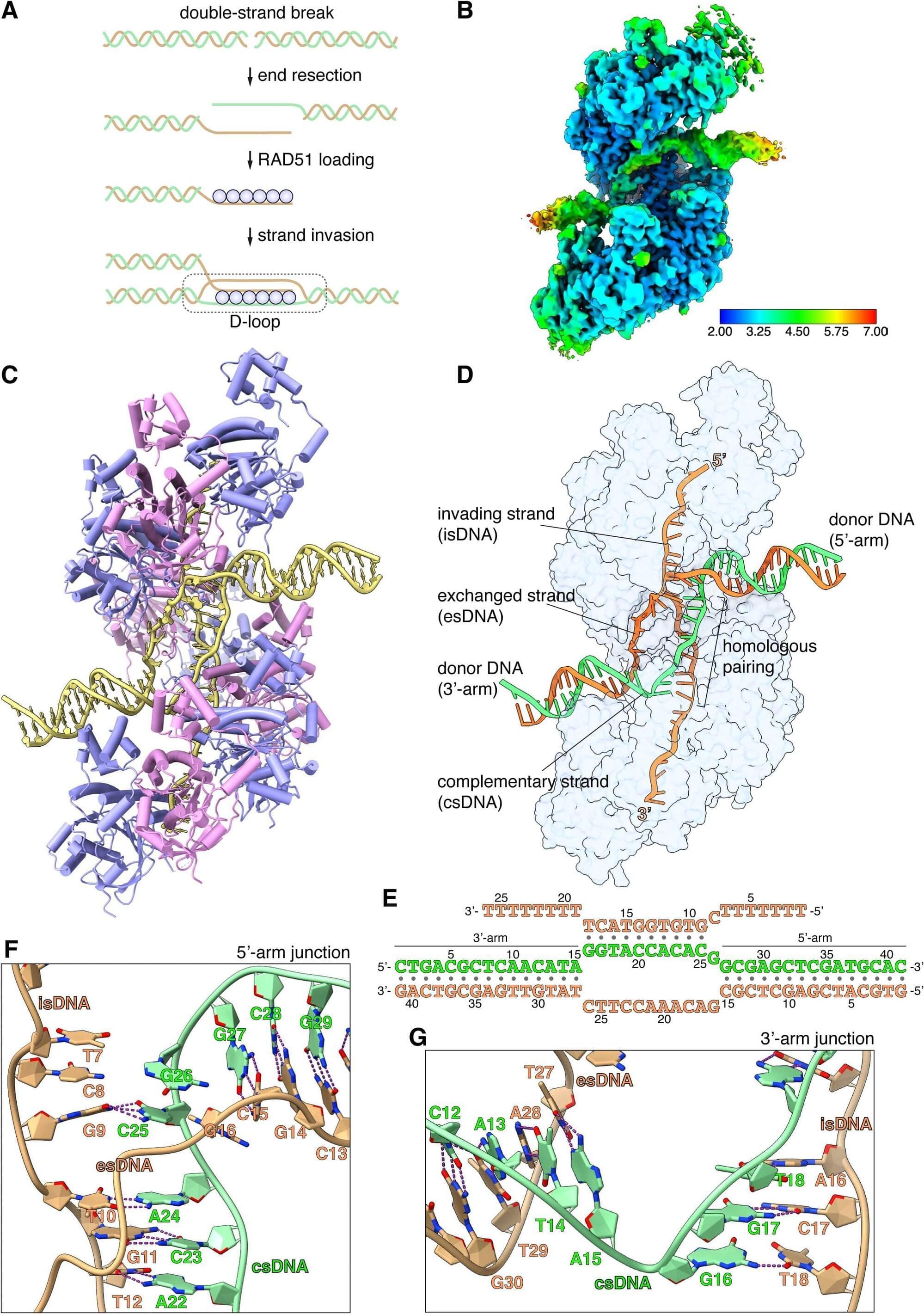
Researchers have revealed the structural mechanisms of a major DNA repair pathway in human cells.
The research, published today as a Reviewed Preprint in eLife, is described by the editors as a landmark study with compelling evidence on how an important player in DNA repair—the RAD51 filament—promotes the exchange of strands between DNA molecules that contain homologous (identical or similar) sequences. They added that the findings will be very valuable for research communities studying DNA repair and genome stability.
Homologous recombination (HR) is one of the key DNA repair pathways in cells. It is essential for repairing double-stranded breaks in DNA and for DNA crossover events during sexual reproduction. Moreover, cells deficient in HR are more prone to cancer, and targeting the cells’ HR machinery—together with other DNA repair pathways—can be used to kill cancer cells (an approach called synthetic lethality).
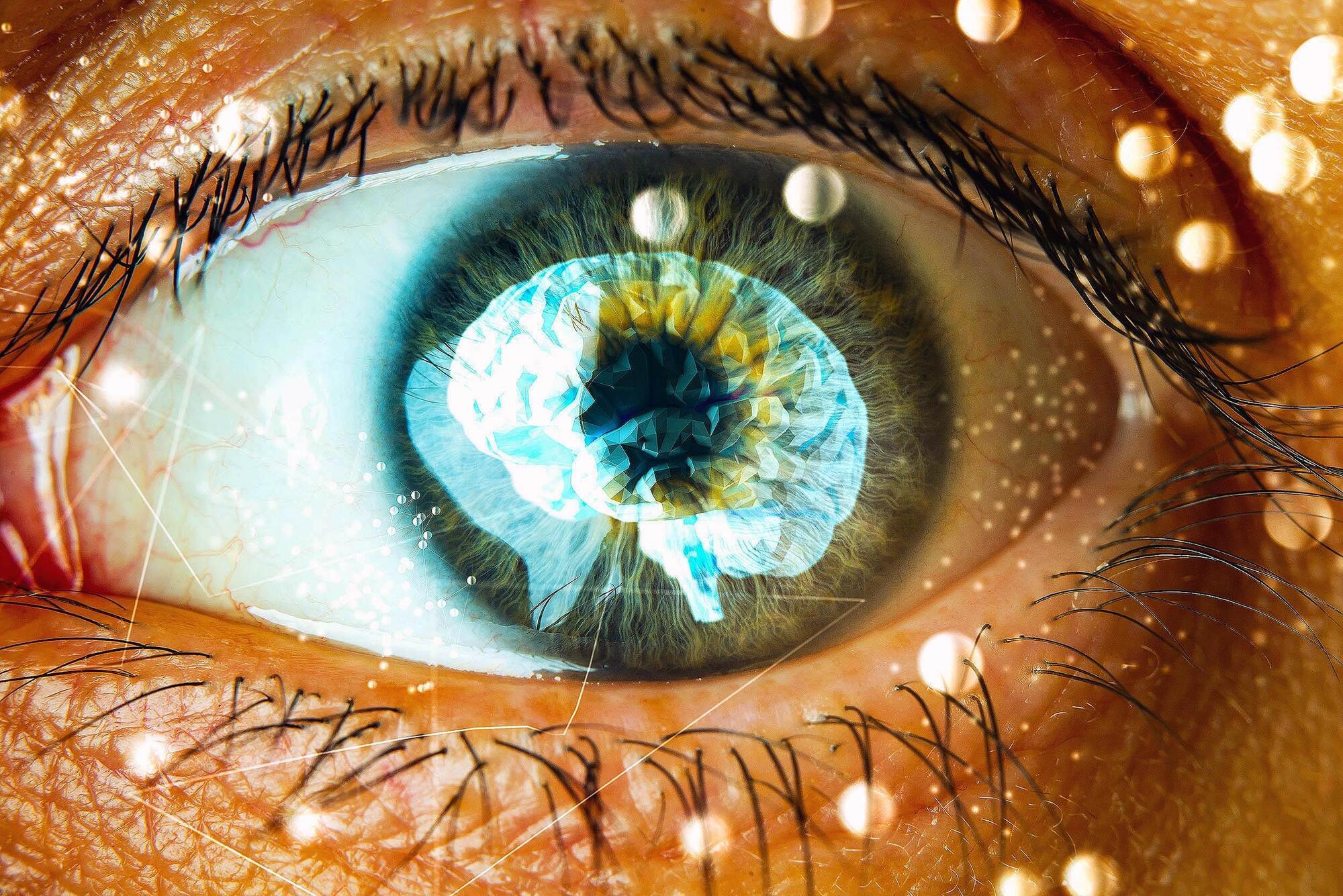
A fresh study suggests that the way a person’s pupils change while they concentrate hints at how well that mental scratchpad is working.
Working memory does more than hold stray reminders; it stitches together phone digits until they are dialed, keeps track of a spoken sentence until the meaning lands, and buffers half-finished ideas during problem-solving.
Unlike long-term memory, it works on a tight clock measured in seconds. Because the capacity is finite – typically three to seven items at once – small differences in efficiency can ripple through reading, mathematics, and decision-making.